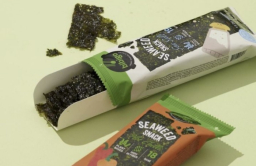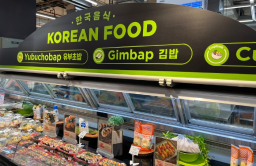-
KOSPI 2697.67 -22.97 -0.84%
-
KOSDAQ 734.35 -1.94 -0.26%
-
KOSPI200 359.62 -3.46 -0.95%
-
USD/KRW 1381 -7.00 0.51%
Seaweed, dubbed ‘Korea’s black semiconductor,’ powers its economy
Korean food
Seaweed, dubbed ‘Korea’s black semiconductor,’ powers its economy
Buoyed by rising dried seaweed prices, shares of seafood makers such as CJ, Dongwon, Wooyang and Sajo are flying high
By
May 24, 2024 (Gmt+09:00)
2
Min read
News+
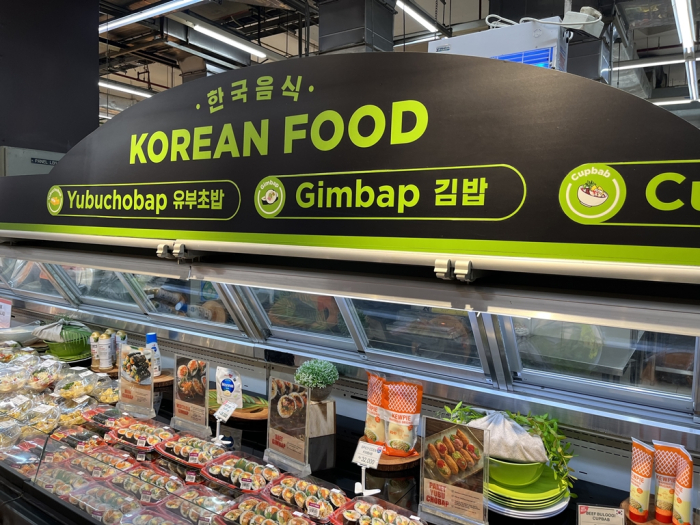
Dried seaweed, widely used to make kimbap, or seaweed-wrapped rice rolls, is often referred to as the “black semiconductor” in South Korea these days – an amusing reference to dark seaweed, the price of which has risen so high that seaweed exports are boosting the Korean economy as much as semiconductor chips.
The global fever over Korean food or K-food, including kimbap, also romanized as "gimbap," has led to a gim supply shortage, driving gim prices higher.
Dongwon F&B Co., Korea’s largest seasoned dried seaweed maker, said on Friday it will raise its gim product prices by 15% on average from June 1.
Dongwon’s price hike will follow similar steps by its Korean rivals – a move that is raising the country’s overall food prices and consumer inflation.
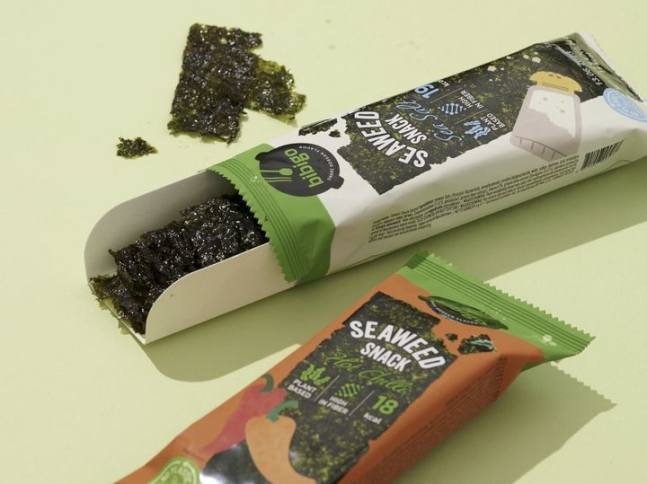
CJ CheilJedang Corp. increased its seasoned dried seaweed product prices by 11-30% earlier this month.
Sung Gyung Food Co., a leading Korean maker of seasoned laver, called gim or kim in Korean, recently raised gim prices by an average of 10%.
Kwangcheonkim Co. and Dae Chun Foods Co. have also raised their gim prices by up to 20%.
SEAFOOD MAKERS’ SHARES FLY HIGH
Buoyed by rising seaweed prices, shares of Korean seafood makers are flying high.
On Friday, CJ Seafood Corp. saw its shares soar 21.5% to close at a 52-week high of 5,050 won. The stock has risen over 82% so far this month.
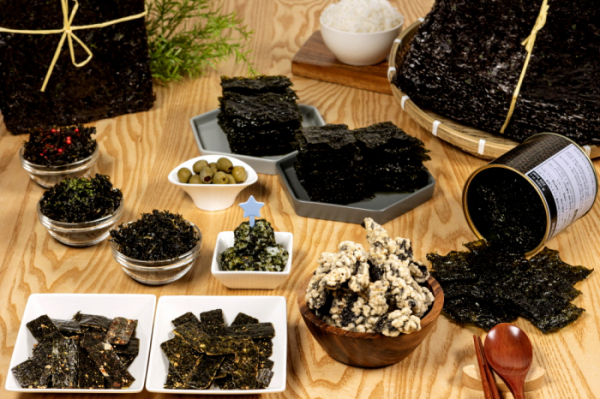
Shares of Wooyang Co. and Dongwon F&B rose 15.9% and 7.7%, respectively, to finish at their record highs of 6,700 won and 44,050 won.
Sajo Seafood Co. ended 11.8% higher at 4,730 won.
Analysts said the seafood makers’ share prices were boosted by expectations of improved performance thanks to rising seaweed prices.
“Prices of seaweed, or gim, are rising so fast and so high that some people jokingly call it a black semiconductor,” said Kang Jin-hyuk, a Shinhan Securities analyst.
STRONG SEAWEED EXPORTS
The country’s exports of dried seaweed reached a record 1.03 trillion won, or $790 million, in 2023, up 22% from the previous year, according to the Korea Customs Service.
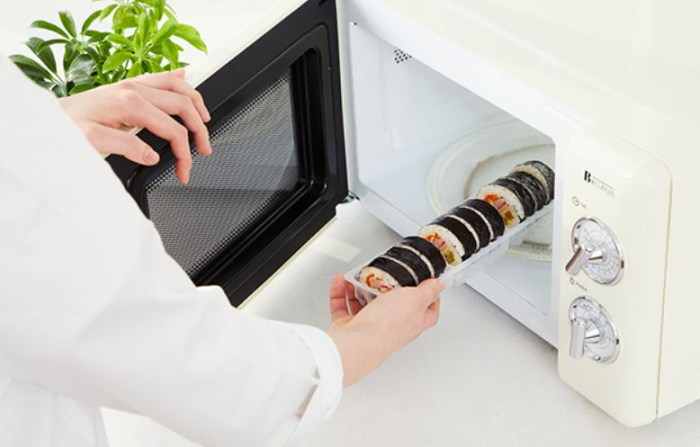
Last month, Korea’s seaweed exports reached $111.7 million, up 47% from the year-earlier period, due to strong overseas demand and higher gim prices.
Only three countries in the world farm and sell seaweed: Korea, Japan, and China.
Korea controls the global seaweed market with a 70.6% market share as of 2022.
Gimbap is so popular outside Korea that last August, hundreds of tons of frozen seaweed-wrapped rice rolls sold out within a month of their arrival in the US market.
Some 250 tons of the Korean rolls produced by Korean food startup Allgot Co., debuted through Trader Joe’s, a US grocery chain, and instantly became a hit.
Allgot’s yubuwooung kimbap, or rolls filled with seasoned deep-fried bean curd and burdock, became part of a viral challenge among US social media influencers to eat them together with Buldak Ramen, spicy Korean chicken flavor ramen – a kind of litmus test for eating like a Korean.
Write to Eunhyeok Ryu and Hun-Hyoung Ha at ehryu@hankyung.com
In-Soo Nam edited this article.
More To Read
-
Apr 18, 2024 (Gmt+09:00)
-
Feb 01, 2024 (Gmt+09:00)
-
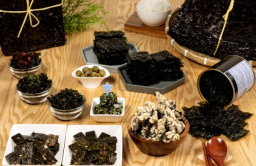 Food & BeverageS.Korea sees new record of seaweed exports
Food & BeverageS.Korea sees new record of seaweed exportsDec 21, 2023 (Gmt+09:00)
-
Oct 17, 2023 (Gmt+09:00)


